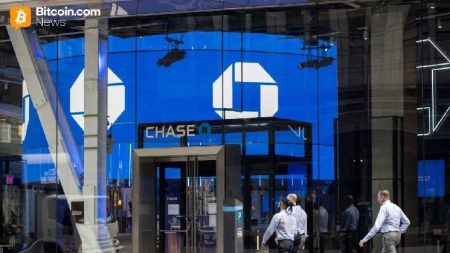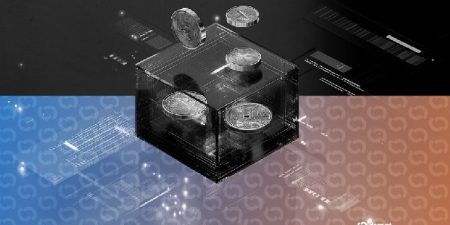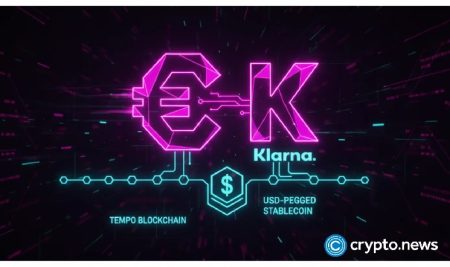Solana Developers Consider Removing Block Limits to Boost Network Capacity
Proposed Change Could Dramatically Scale Throughput Based on Validator Hardware Capabilities
In a significant move that could reshape Solana’s network architecture, developers are evaluating a proposal to eliminate transaction block limits following the implementation of the highly anticipated Alpenglow upgrade. The proposal, which aims to substantially increase the blockchain’s throughput capacity, would allow the network to scale dynamically based on validator hardware capabilities rather than arbitrary protocol restrictions.
Filed on Friday as SIMD-0370, the proposal represents a fundamental shift in Solana’s approach to transaction processing. Currently, Solana imposes a 60 million compute unit cap per block, creating a ceiling on how many transactions can be processed regardless of hardware capabilities. The new proposal would dismantle this limitation, enabling blocks to expand organically to accommodate as many transactions as high-performance validators can handle. This adaptive approach would allow more powerful nodes to process larger transaction volumes while permitting smaller validators to simply abstain from voting on blocks that exceed their processing capacity.
“The current incentive structure for validator clients and program developers is broken,” states the proposal submitted by the Firedancer development team at Jump Crypto. “The capacity of the network is determined not by the capabilities of the hardware but by the arbitrary block compute unit limit.” Jump Crypto, the digital assets division of Chicago-based Jump Trading Group, has been increasingly involved in Solana’s ecosystem development. Earlier this month, the firm participated in funding Forward Industries’ $1.65 billion PIPE deal alongside Galaxy Digital and Multicoin Capital, establishing a public Solana treasury strategy designed to hold and deploy Solana tokens at scale.
Community Concerns Over Potential Centralization Risks
While the proposal promises enhanced throughput and efficiency, it has ignited substantial debate within Solana’s development community. Critics voicing concerns on the GitHub proposal thread warn that removing block limits could potentially skew the network’s balance of power toward well-resourced validator operators with access to premium hardware. This shift might inadvertently create barriers to entry for smaller validators, potentially compromising Solana’s commitment to decentralization.
“The proposed changes could inadvertently create a two-tiered validator ecosystem,” noted one community member in the GitHub discussion. “Those with high-end hardware would process more transactions and earn more rewards, while smaller operators might find themselves increasingly marginalized.”
Beyond centralization worries, technical concerns have emerged regarding network stability and security. Some developers have expressed apprehension that excessively large blocks could introduce propagation delays throughout the network or potentially weaken overall security if too many validators opt to abstain from voting on oversized blocks. These technical challenges represent significant hurdles that would need addressing before implementation.
Alpenglow Upgrade Provides Foundation for Potential Changes
The block limit removal proposal builds upon Solana’s forthcoming Alpenglow upgrade, which already includes revolutionary improvements to the network’s performance profile. Expected for deployment later this year, Alpenglow promises to dramatically reduce block finality times from approximately 12.8 seconds to a mere 150 milliseconds—an 85-fold improvement that would position Solana among the fastest blockchain networks globally.
Crucially, Alpenglow introduces the skip-vote feature, which would serve as the technical foundation enabling the proposed block limit removal. This mechanism allows validators with limited resources to abstain from processing blocks that exceed their hardware capabilities while maintaining their participation in the network’s consensus. By incorporating this feature, Solana aims to preserve network inclusivity even as it scales to accommodate higher transaction volumes.
The Firedancer team’s proposal would leverage this foundation to fundamentally reorient Solana’s capacity ceiling, tying throughput directly to validator hardware performance rather than protocol-defined limits. This approach mirrors architectural principles seen in traditional distributed computing systems, where processing capacity scales with hardware investments.
Balancing Performance with Decentralization
At the heart of this debate lies a fundamental tension in blockchain design: the trade-off between maximizing performance and preserving decentralization. Validators on Solana—independent operators who run nodes to process transactions and secure the network—form the backbone of the blockchain’s security model. These validators earn rewards through both staking and transaction fees, creating economic incentives to participate in network operations.
By lifting the block cap, Solana could potentially achieve significantly higher throughput by allowing powerful validators to process more transactions simultaneously. However, this change might also concentrate rewards toward operators with superior hardware configurations, effectively creating an economic advantage for well-funded participants. This dynamic presents a difficult balancing act for the Solana community, which must weigh immediate performance gains against long-term decentralization objectives.
“Finding the right equilibrium is essential,” explained a senior blockchain architect familiar with Solana’s infrastructure who requested anonymity. “While removing arbitrary limits makes technical sense, the community needs to implement complementary mechanisms that prevent excessive centralization of processing power. Without proper guardrails, we risk compromising what makes blockchain valuable in the first place.”
Path Forward Requires Careful Consideration
As the proposal moves through Solana’s governance process, developers and community members will need to carefully evaluate both the technical implications and governance consequences of removing block limits. The discussion highlights Solana’s ongoing evolution as it seeks to scale while maintaining the network characteristics that have attracted developers and users.
The proposed change arrives during a period of significant momentum for Solana, which has seen growing adoption across decentralized finance, NFTs, and various Web3 applications. Transaction volumes have surged, placing increased pressure on the network to expand capacity while maintaining performance. Against this backdrop, the proposal represents not just a technical modification but a strategic decision about Solana’s future direction.
Whether Solana ultimately implements this proposal will depend on thorough testing, community consensus, and careful consideration of both technical performance metrics and decentralization principles. As blockchain networks mature, finding the optimal balance between scaling capabilities and preserving decentralized security models remains one of the industry’s most persistent challenges—one that Solana now confronts directly with this transformative proposal.
The community awaits further technical analysis and governance discussions that will determine whether removing block limits will become part of Solana’s technical roadmap. With the Alpenglow upgrade already promising substantial performance improvements, the addition of dynamic block sizing could potentially position Solana to handle unprecedented transaction volumes in the coming years, provided the network can resolve the significant technical and governance questions now being raised.














